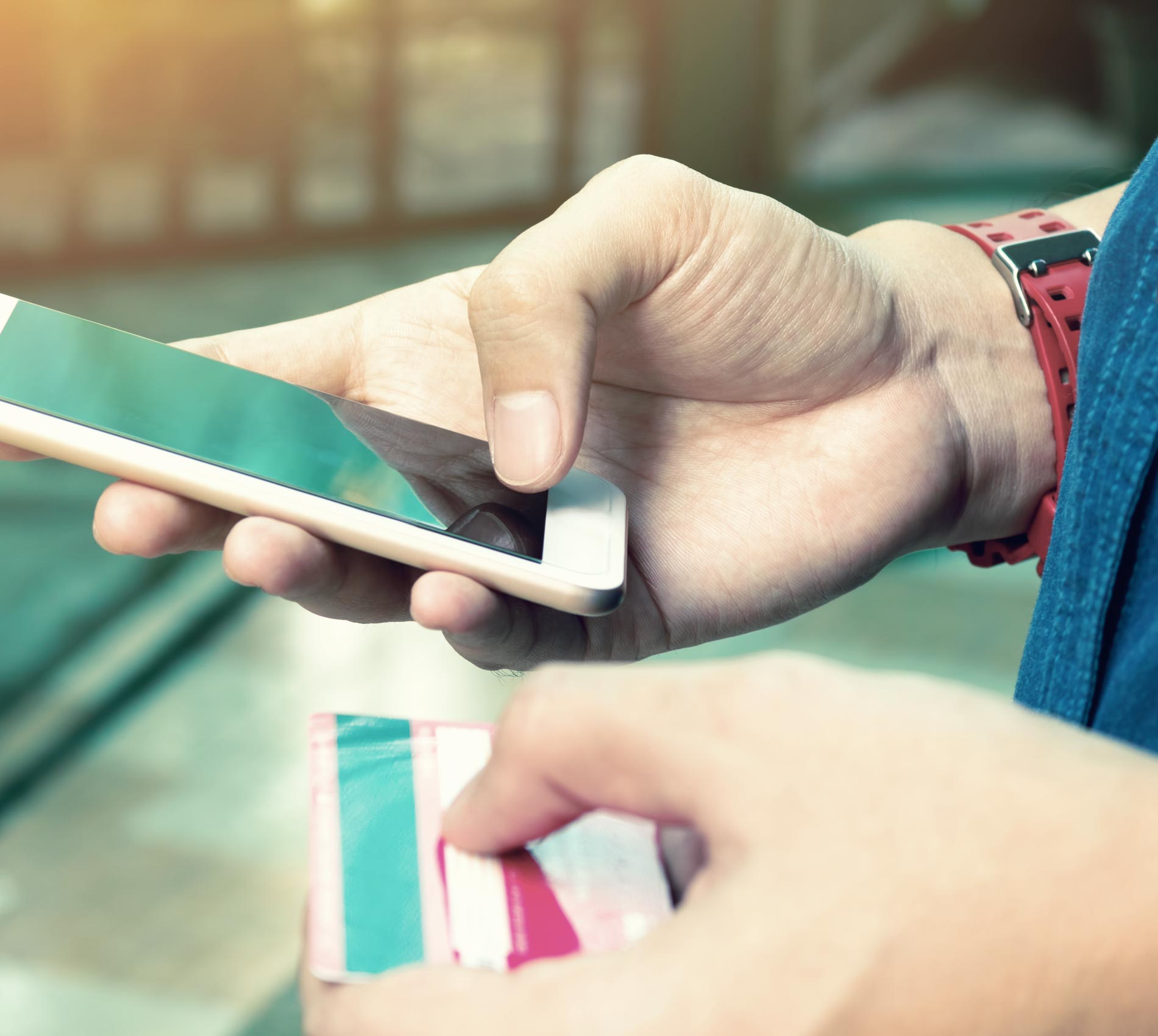As the COVID-19 pandemic advances, health organizations are orienting the population to reinforce safety measures in order to limit contagion. In addition to social distancing and regularly washing hands and disinfecting objects, limiting the use of cash is also being recommended not only by health authorities but also by financial institutions.
Recently, epidemiologists have shared the news that the COVID-19 virus may remain active for up to 24h in paper materials. Therefore, a single money bill, that has been passed around many other hands, may carry the virus.
As a result, making online payments and proximity payments is a habit that will be strongly introduced in the daily lives of consumers. Paying online is an effective way to avoid touching contaminated objects and enable no-contact deliveries. Proximity payments, on the other hand, while least effective in reducing human interaction, limit the customer’s contact with POS machines, as transactions under certain values don’t require customers to type in their passwords.
Longer-term, consumers will favor online and contactless payments
As we mentioned in our previous article, ecommerce sales will likely continue to grow even after the pandemic is controlled, as previously unengaged consumers introduce this habit in their daily lives. The same phenomenon will probably happen with payment methods.
According to GlobalData’s COVID-19 Impact Assessment, the shift to digital channels during this isolation period will represent an opportunity to encourage a more permanent migration. In addition, when shopping in-store, consumers will shift from cash-based payments to digital payment tools. Longer-term, COVID-19 will accelerate cashless payments overall in developed and developing markets, particularly among consumers who have access to electronic payment tools but favor cash over them.
In Brazil, where 71% of the population prefers paying in cash for their daily purchases, it is very likely we see a significant increase in online and proximity payments. However, there are 45 million unbanked adults in the country who don’t have the option to shift from cash to digital.
How does this leave the unbanked in Brazil?
A large number of Brazilians do not have a bank account. Having no access to digital banking services, how will this population manage to pay their bills and purchases online?
In these cases, a trip to the bank or lottery agency is still needed. The consumer may complete their payments with the boleto bancário or, further, with payment methods such as Boleto Flash®, the only boleto in the market that confirms payment in less than one hour, and PEC Flash®, a cash payment method for ecommerce. For those who still need to go to the bank, the Brazilian Federation of Banks (Febraban) has reinforced banks to adopt security measures to avoid contamination in order to better attend the population that still relies exclusively on cash. However, the Central Bank of Brazil has authorized flexibility of face-to-face service in banks, limiting the access to the population.
In this scenario, digital banks and eWallets might become an option for those who so far don’t have bank account. Opening an account is easy and the only requirements are access to the internet and a computer or mobile device – which fortunately are resources many Brazilians already have in hand: the country has 150 million internet users, and 96% of them own a smartphone. This way, users may complete a deposit of higher value using the boleto bancário and use the account funds to make digital payments, minimizing their trips to banks and lottery agencies.
